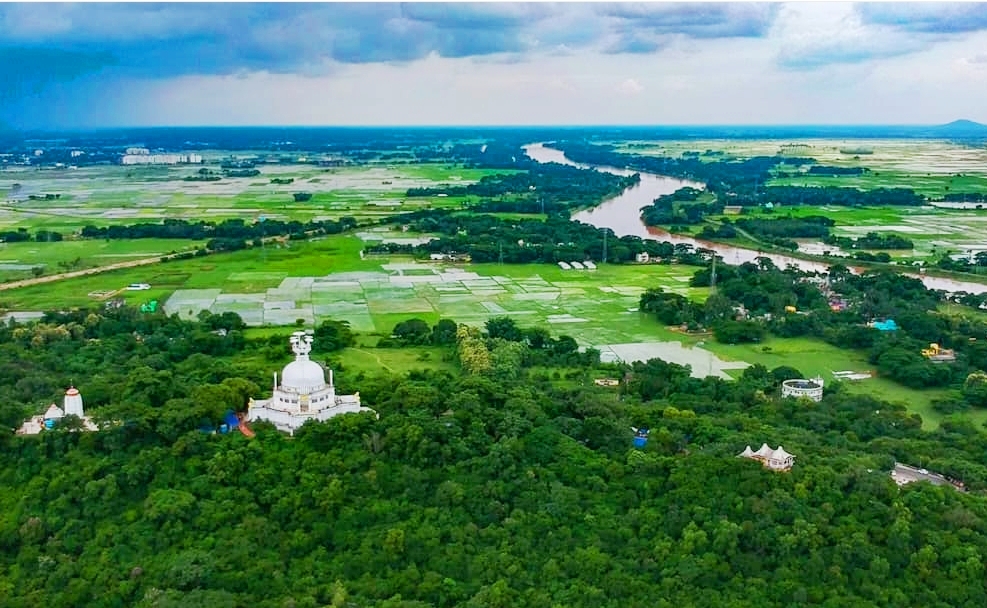King Ashoka:
The Kalinga War enclosed one of the largest and deadliest battles in Indian history. Kalinga didn’t have a King, and as a result, it was culturally run by none.This may be the only real major war Ashoka fought when his accession was on the throne. After all this the war marks the shut of empire building and military conquests of ancient Asian country that began with Maurya king Bindusara. The bloodshed of this war is claimed to have prompted Ashoka to adopt Buddhism with them. He schooled that heritages to be excavated wherever recluses may meditate, issued directions to be inscribed for officers, expounded the foremost principles of dandaniti (strict social control of laws) for the overall public, and thereby provided special standing to his new kingdom together with the stupas at Dhauli. On the very best of hill, a surprising white peace temple has been designed by the Japan Buddha Sangha and conjointly the Kalinga Asian country Buddha Sangha inside the Seventies. The war was completed inside the eighth year of Ashoka’s reign, in step along with his own Edicts of Ashoka, most likely in 262 BCE.
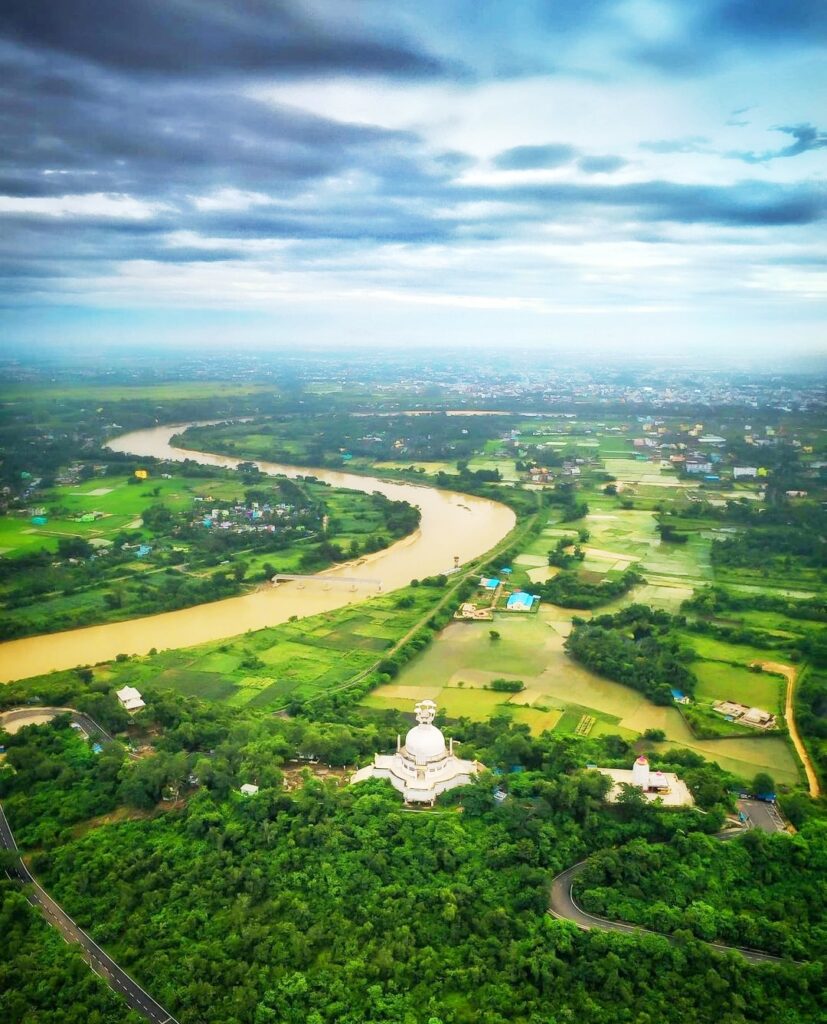
Dhauli Hill:
Dhauli Hill is plausible to be the realm where the Kalinga War was fought. Ashoka had a special weakness for Dhauli, where the battle was fought. The Daya water courses aforementioned to possess turned red with the blood of the varied deceased when the battle, and enabled Ashoka to understand the magnitude of horror associated with war. He thereafter saw that Dhauli became an important center of Buddhist activities. He also designed many chaityas, stupas and pillars there.
Kalinga Destruction:
After a bloody battle for the throne following the death of his father, Ashoka was victorious in capturing Kalinga however the results of the savagery modified Ashoka’s views on war and crystal rectifier him to pledge to never again wage a war of conquest. Ashoka had seen the bloodshed and felt that he was the reason for the destruction. Thenthe complete space of Kalinga was pillaged and destroyed.
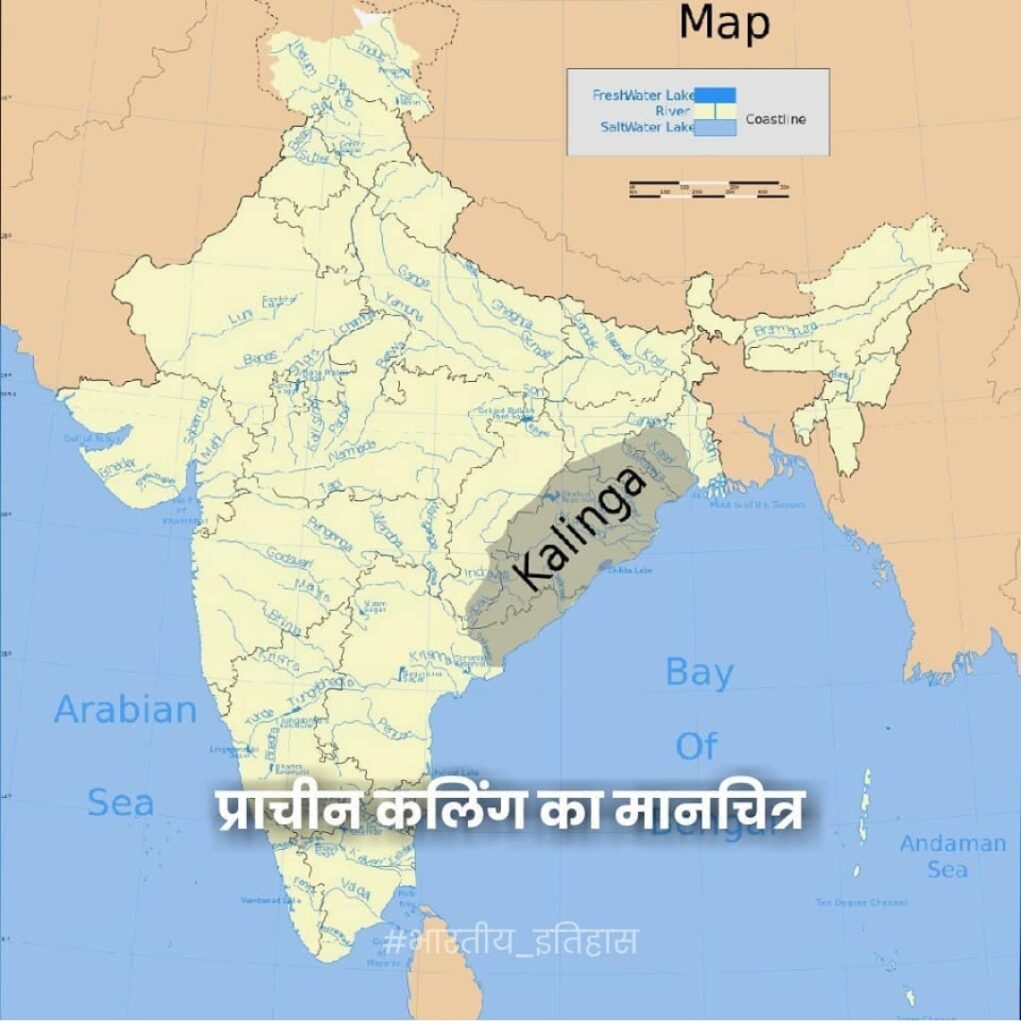
The Legend:
It was later seen that nearly 1,50,000 people died which is nearly equal to Ashoka’s army, they were generally Odia individuals, successor of Kalinga’s natives claimed that the figures were extremely overstate by Ashoka. As per the legends, Kalinga armies caused double the amount of destruction they suffered. Thousands of women and men were transported from Kalinga and generated to work on clearing wastelands for future arrangement. Beloved-of-the-Gods, King Priyadarsi, conquered the Kalingas eight years within his installation. A hundred and fifty thousand people were transported, a hundred thousand were murdered and many of a lot of died. When Kalinga was conquered people started to develop a strong feeling towards the Dharma and affection for it. Ashoka’s response to the Kalinga War is recorded inside the Edicts of Ashoka.
Empire Existence:
Chandragupta Maurya’s grandchild Ashoka took the Mauryan Empire to its greatest geographical extent and it was full height of power. Nevertheless his exceptional transformation of the dominion came not through the acute violence that marked his early reign. Instead, it resulted from his embrace of Buddhism and so the messages of tolerance and direct action that he unfold throughout the sprawling empire. Eight years when seizing power around 270 B.C., Ashoka crystal rectifier an operation to beat Kalinga, a coastal kingdom in eastern Asian country. The conclusion left him with an even bigger domain than that of any of his predecessors. Accounts claim between a 1,00,000and 3,00,000 lives were lost throughout the conquest. That human toll took an unbelievable emotional toll on Ashoka. After that Ashoka rejected military conquest and other types of violence which also includedcruelty to animals. He became a patron of Buddhism, supporting the increase of the doctrine across India. He started sending off emissaries to many different countries including Greece and Syria and his own children were sent to Sri-lanka as missionaries by him.
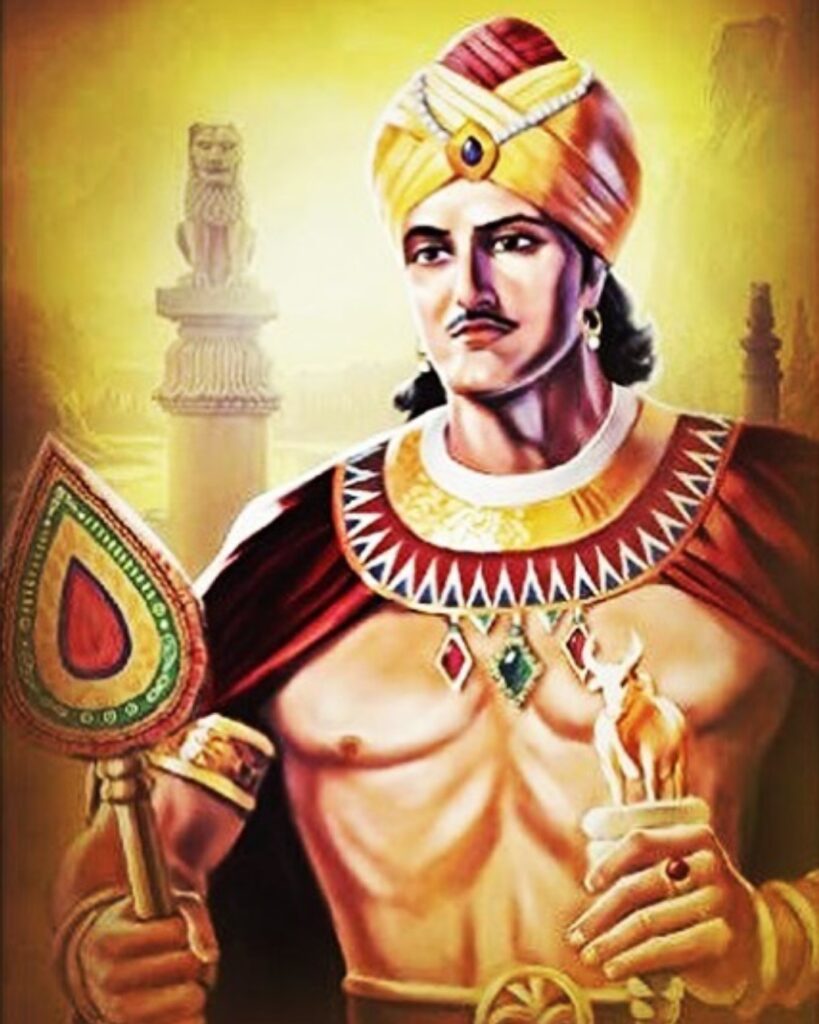
Philosophy:
Ashoka shared his new opinion on life through edicts which were carved into pillars and stones located round the country along trade routes and at pilgrimage sites. The edicts are considered among the primary samples of writing in Indian history. They weren’t written in Sanskrit the state language but in local patois, so the messages might be broadly realized. As an example, an edict near modern-day Kandahar in Afghanistan, a vicinity that had been under Alexander the Great’s control for a period of your time, is written in Greek and Aramaic.
Kalinga War:
The Kalinga War prompted Ashoka, already a non-engaged Buddhist, to devote the rest of his life to church doctrine (non-violence) and to Dharma-Vijaya (victory through Dharma). Following the conquest of Kalinga, Ashoka finished the military growth of the empire and began associate degree era of over forty years of relative peace, harmony, and prosperity. The Kalinga War was fought in ancient Asian country between the Mauryan Empire underneath Ashoka and conjointly the state of Kalinga, the degree freelance social structure kingdom placed on the geographic area, inside the current. Upset at the side of his violent conquests that killed several thousands, the Indian king Ashoka embraced Buddhism and treated his subjects humanely.
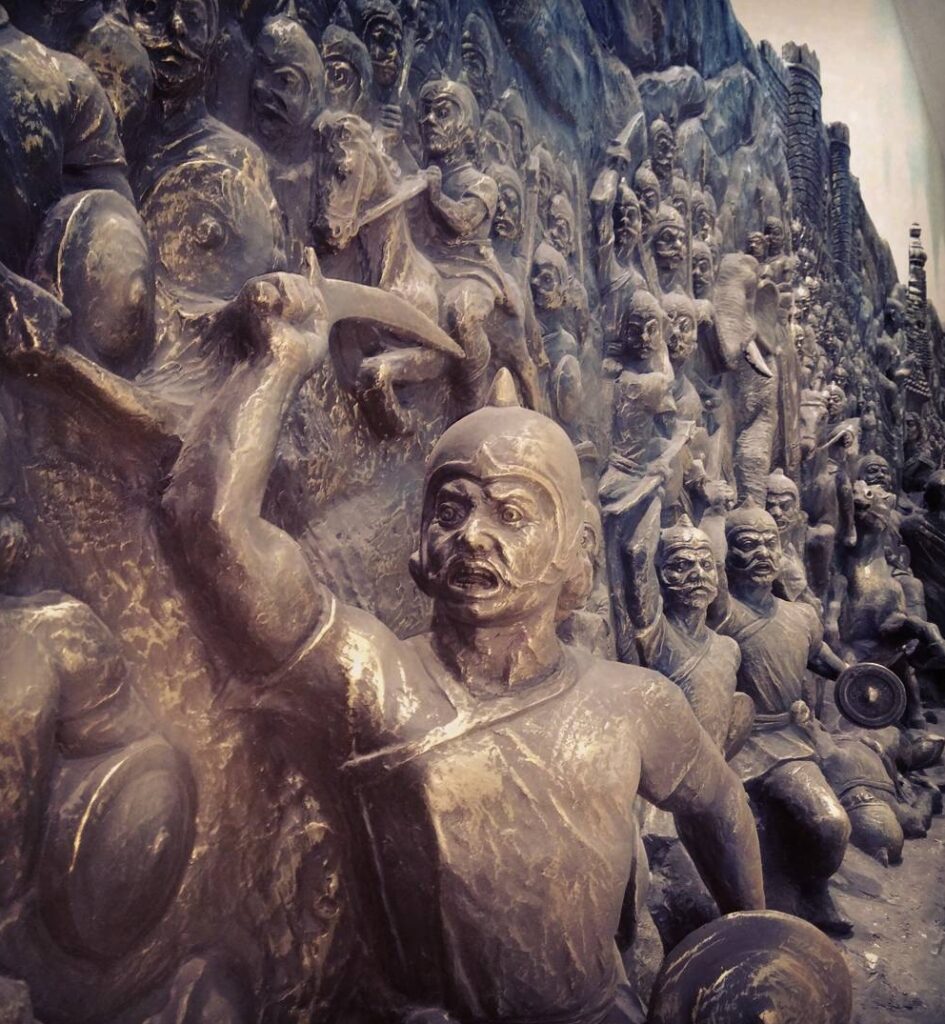
History:
Nobody has facts for these wars but derived from some translations from edicts. It’ll be surprising to notice the Ashoka was lost to Indians for over 500 years and nobody knew about him till Brit archeologist found Stupas and told everyone a couple of legendary King and as was common Indian who haven’t achieved much within their lives started living in the glory of the long forgotten King Ashoka and several other stories were twist about him, mainly by those that had in all probability bunked easy history examinations in schools. With little literature available about him and really limited translations, we all know that there was a King Ashoka who fought a bloody battle with Kalinga and had established many rules for the kings but not some much that you simply can even shoot a 1 hour serial with all facts.

